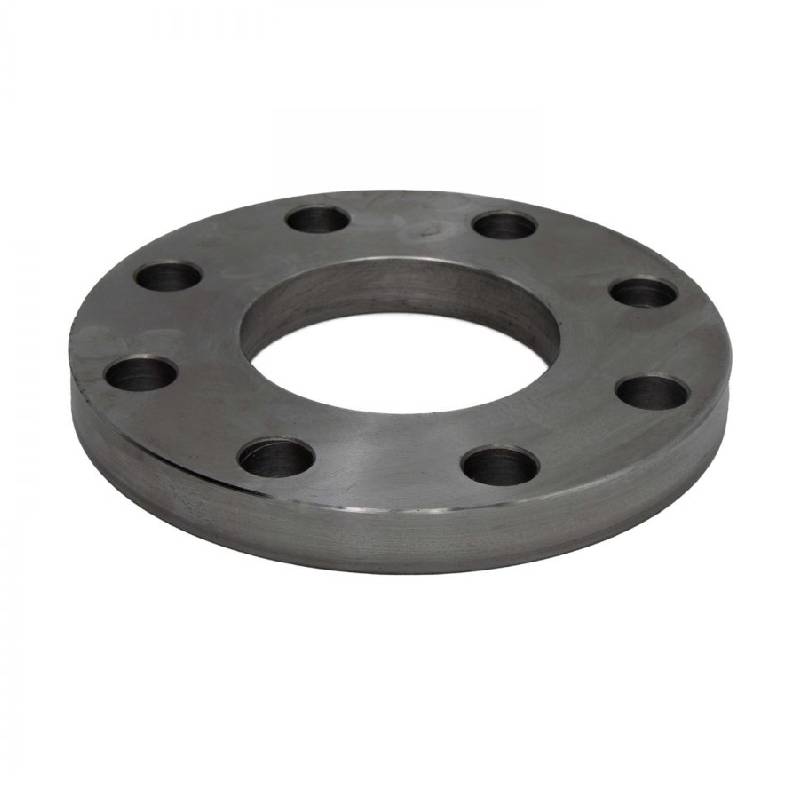-
Cangzhou Yulong Steel Co., Ltd.
-
Phone:
+86 13303177267 -
Email:
admin@ylsteelfittings.com
- English
- Arabic
- Italian
- Spanish
- Portuguese
- German
- kazakh
- Persian
- Greek
- French
- Russian
- Polish
- Thai
- Indonesian
- Vietnamese
- Zulu
- Korean
- Uzbek
- Hindi
- Serbian
- Malay
- Ukrainian
- Gujarati
- Haitian Creole
- hausa
- hawaiian
- Hebrew
- Miao
- Hungarian
- Icelandic
- igbo
- irish
- Japanese
- Javanese
- Kannada
- Khmer
- Rwandese
- Afrikaans
- Albanian
- Amharic
- Armenian
- Azerbaijani
- Basque
- Belarusian
- Bengali
- Bosnian
- Bulgarian
- Catalan
- Cebuano
- China
- China (Taiwan)
- Corsican
- Croatian
- Czech
- Danish
- Esperanto
- Estonian
- Finnish
- Frisian
- Galician
- Georgian
- Kurdish
- Kyrgyz
- Lao
- Latin
- Latvian
- Lithuanian
- Luxembourgish
- Macedonian
- Malgashi
- Malayalam
- Maltese
- Maori
- Marathi
- Mongolian
- Myanmar
- Nepali
- Norwegian
- Norwegian
- Occitan
- Pashto
- Dutch
- Punjabi
- Romanian
- Samoan
- Scottish Gaelic
- Sesotho
- Shona
- Sindhi
- Sinhala
- Slovak
- Slovenian
- Somali
- Sundanese
- Swahili
- Swedish
- Tagalog
- Tajik
- Tamil
- Tatar
- Telugu
- Turkish
- Turkmen
- Urdu
- Uighur
- Welsh
- Bantu
- Yiddish
- Yoruba

Nov . 20, 2024 01:04 Back to list
aluminum concentric reducer
Understanding Aluminum Concentric Reducers Applications and Benefits
Aluminum concentric reducers play a crucial role in various industrial applications, providing a seamless transition between pipes of different diameters. Their design, characterized by a symmetrical shape that allows for a uniform change in diameter, offers both practical and aesthetic advantages. This article explores the features, applications, and benefits of aluminum concentric reducers, shedding light on their importance in modern piping systems.
What is an Aluminum Concentric Reducer?
An aluminum concentric reducer is a pipe fitting that connects two pipes of different diameters, enabling a smooth flow of liquids or gases. The term concentric refers to the alignment of their centers, which ensures that the fluid stream maintains a consistent flow path. Typically crafted from aluminum, these reducers are lightweight yet strong, resisting corrosion and oxidation, which makes them ideal for a range of environments.
Key Applications
Aluminum concentric reducers are widely utilized in various sectors, including
1. Oil and Gas Industry In the oil and gas sector, these reducers are essential for managing high-pressure pipelines, facilitating a smooth monotonic flow from a larger to a smaller pipe, thus minimizing pressure drops and turbulence.
2. Chemical Processing The chemical industry often employs concentric reducers to handle the mixing of different chemical solutions, ensuring that the flow remains undisturbed. Their resistance to corrosion makes aluminum a preferred material.
3. Water and Wastewater Management Efficient water treatment systems rely on aluminum reducers to adjust the flow of water as it moves through different stages of purification and distribution.
aluminum concentric reducer

5. Marine Applications Due to the lightweight nature of aluminum and its resistance to corrosion in marine environments, concentric reducers are also used in shipbuilding and marine engineering.
Benefits of Using Aluminum Concentric Reducers
1. Lightweight and Durable Aluminum is significantly lighter than steel or other metals, making it easier to handle and install. Despite its lightweight nature, aluminum is sturdy and can withstand substantial pressure, making it suitable for various applications.
2. Corrosion Resistance The natural resistance of aluminum to corrosion, especially in moist or chemical-laden environments, makes it an ideal choice for many industries. This property lengthens the lifespan of the reducer, providing better value over time.
3. Cost-Effective While aluminum may have a higher initial cost than some alternatives, its durability and longevity can lead to significant savings in maintenance and replacement over the life of the product.
4. Versatility in Design Aluminum concentric reducers can be easily customized to meet specific diameter transitions and lengths, providing flexibility in design. This adaptability ensures that they can fit into various piping systems without compromising performance.
5. Efficiency in Flow The smooth interior design of concentric reducers minimizes turbulence, allowing for a more efficient flow of fluids. This property is particularly advantageous in applications where maintaining fluid velocity is critical.
Conclusion
Aluminum concentric reducers are indispensable components in modern piping systems across various industries. Their unique design, combined with the benefits of aluminum, makes them an excellent choice for managing fluid transitions and maintaining efficient flow. As industries continue to evolve and seek innovative solutions to enhance performance, aluminum concentric reducers will undoubtedly remain at the forefront, balancing functionality with long-term reliability. Understanding their role and advantages can help engineers and decision-makers make informed choices in their projects, ultimately contributing to more efficient and reliable systems.
Latest news
-
ANSI 150P SS304 SO FLANGE
NewsFeb.14,2025
-
ASTM A333GR6 STEEL PIPE
NewsJan.20,2025
-
ANSI B16.5 WELDING NECK FLANGE
NewsJan.15,2026
-
ANSI B16.5 SLIP-ON FLANGE
NewsApr.19,2024
-
SABS 1123 FLANGE
NewsJan.15,2025
-
DIN86044 PLATE FLANGE
NewsApr.19,2024
-
DIN2527 BLIND FLANGE
NewsApr.12,2024
-
JIS B2311 Butt-Welding Fittings LR/SR 45°/90° /180°Seamless/Weld
NewsApr.23,2024











